
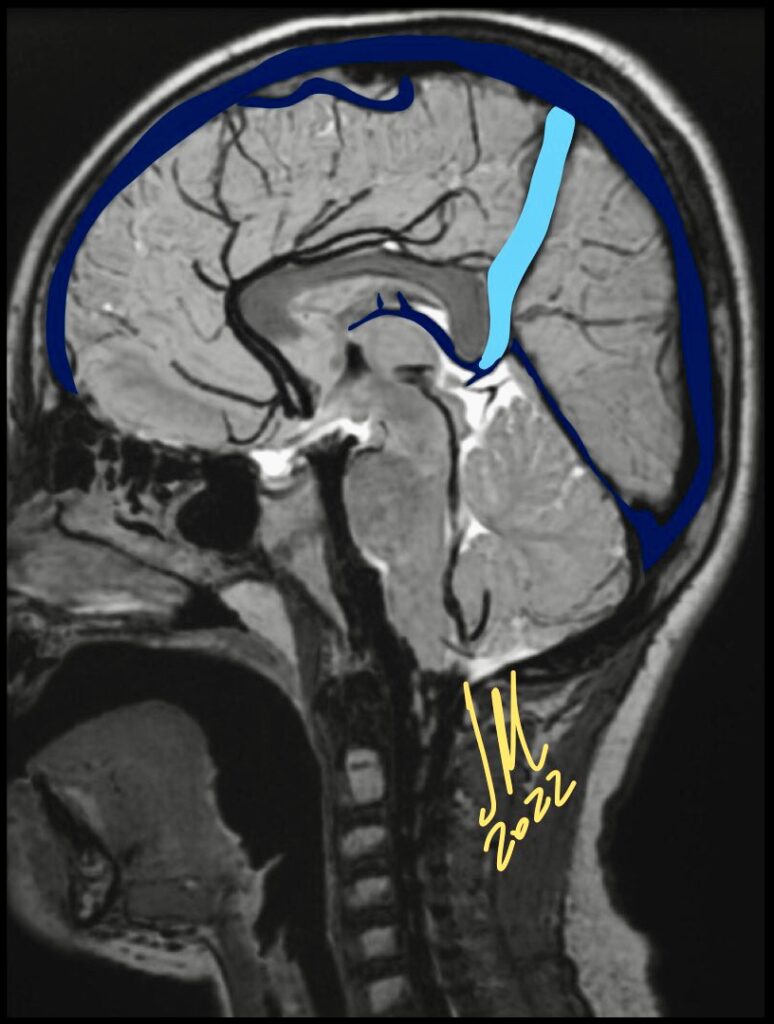
Persistent falcine sinuses are exceptionally rare and are typically present in the context of absent, hypoplastic, or occluded venous outflow tracts.This observation implies that alterations in cerebral venous flow dynamics may result in recanalization of the falcine sinus.
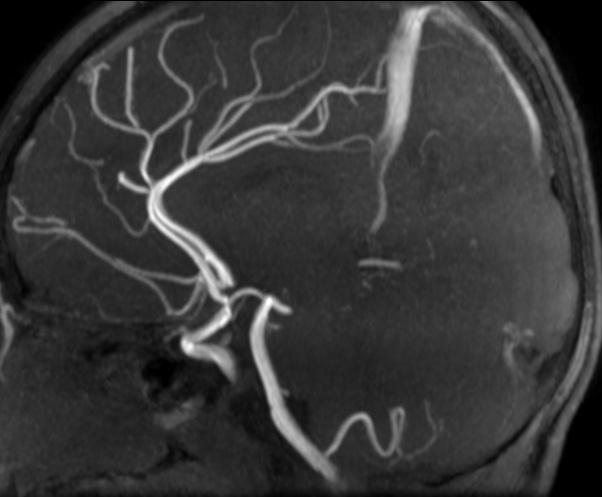
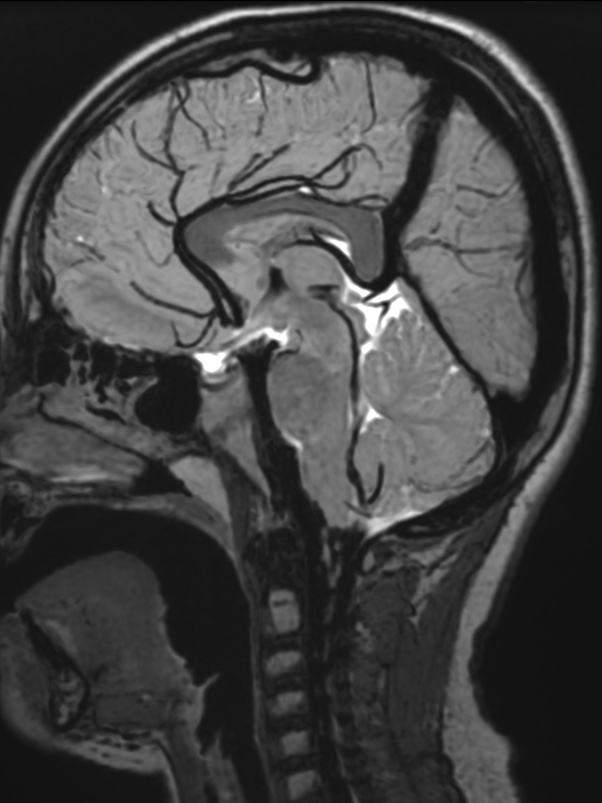
The falcine sinus is an embryonic venous structure in the falx cerebri that connects the vein of Galen to the superior sagittal sinus.
It normally closes before or shortly after birth. Persistent falcine sinus can be a congenital or acquired phenomenon related to a defect in the straight sinus that is thought to cause an alternative pathway to form for drainage from the deep to superficial venous system.
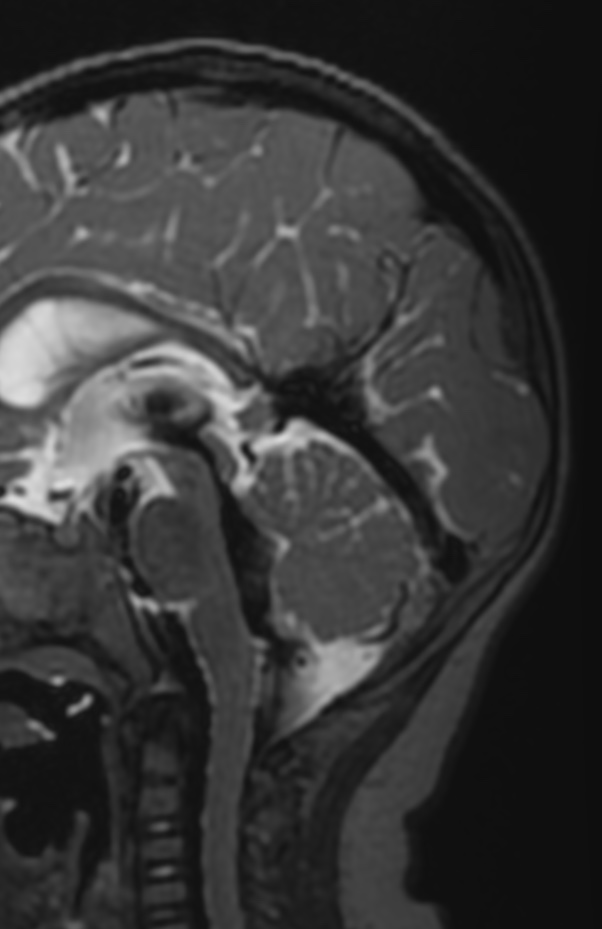
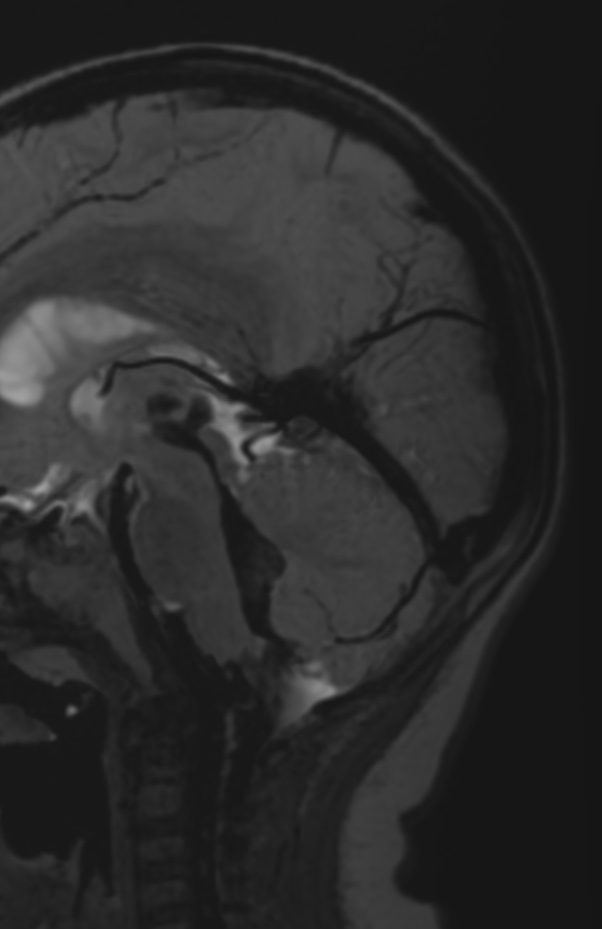
The falcine sinus normally closes before or shortly after birth. Congenital persistence of the falcine sinus is believed to be caused by a mesenchymal disorder that can also lead to hypoplasia or absence of the
straight sinus. It may or may not be associated with other congenital anomalies of the brain.
Alternatively, persistent falcine sinus can be an acquired phenomenon with recanalization after thrombosis or obstruction of the straight sinus.

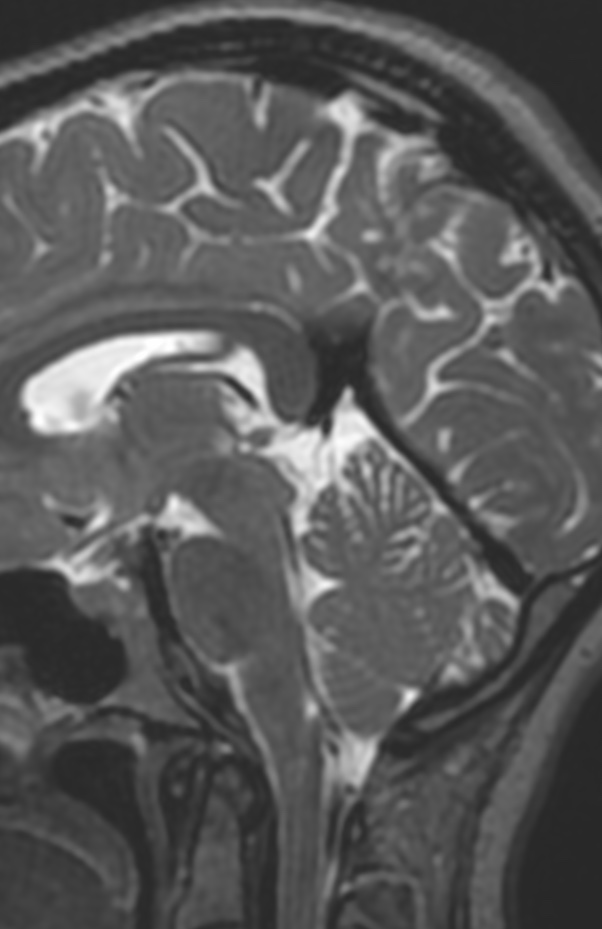
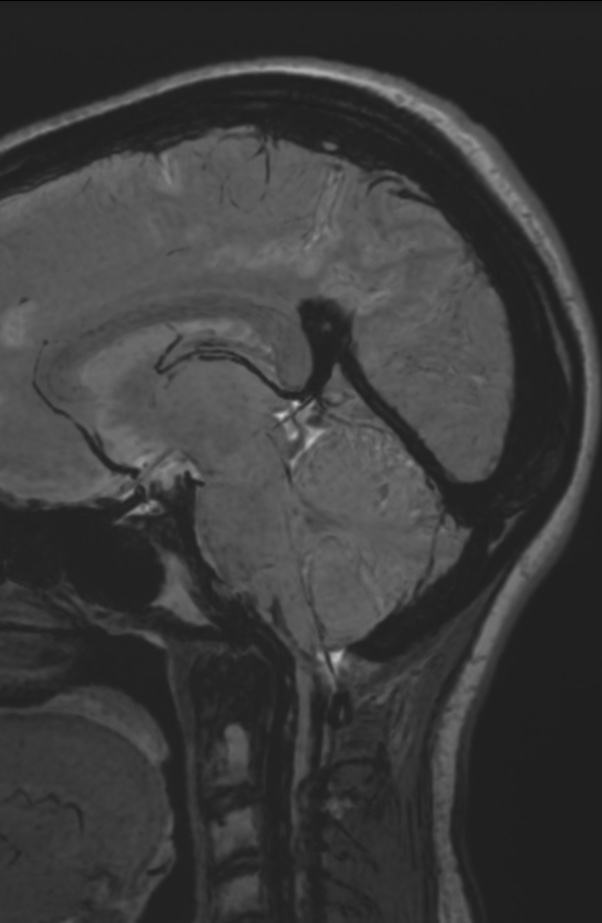
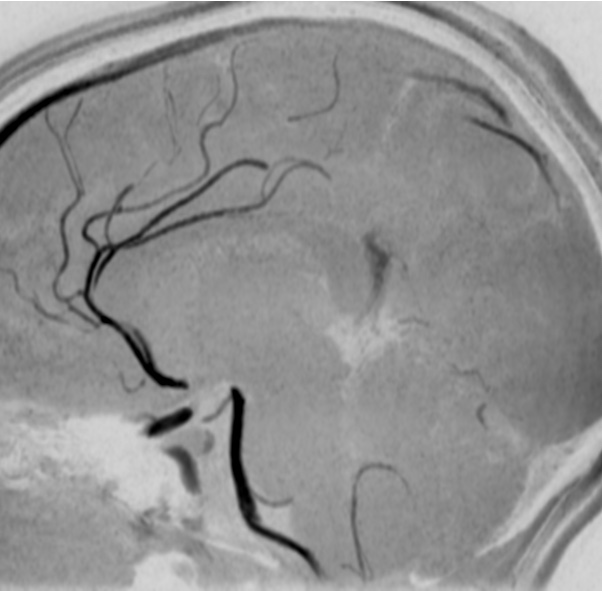
Once a persistent falcine sinus is identified, a thorough search for additional findings is imperative given the importance of early intervention in the developing brain.
Reference:
American Journal of Neuroradiology December 2020, 41 (12) 2351-2357; DOI: https://doi.org/10.3174/ajnr.A6816
DOI:10.2214/AJR.13.10799